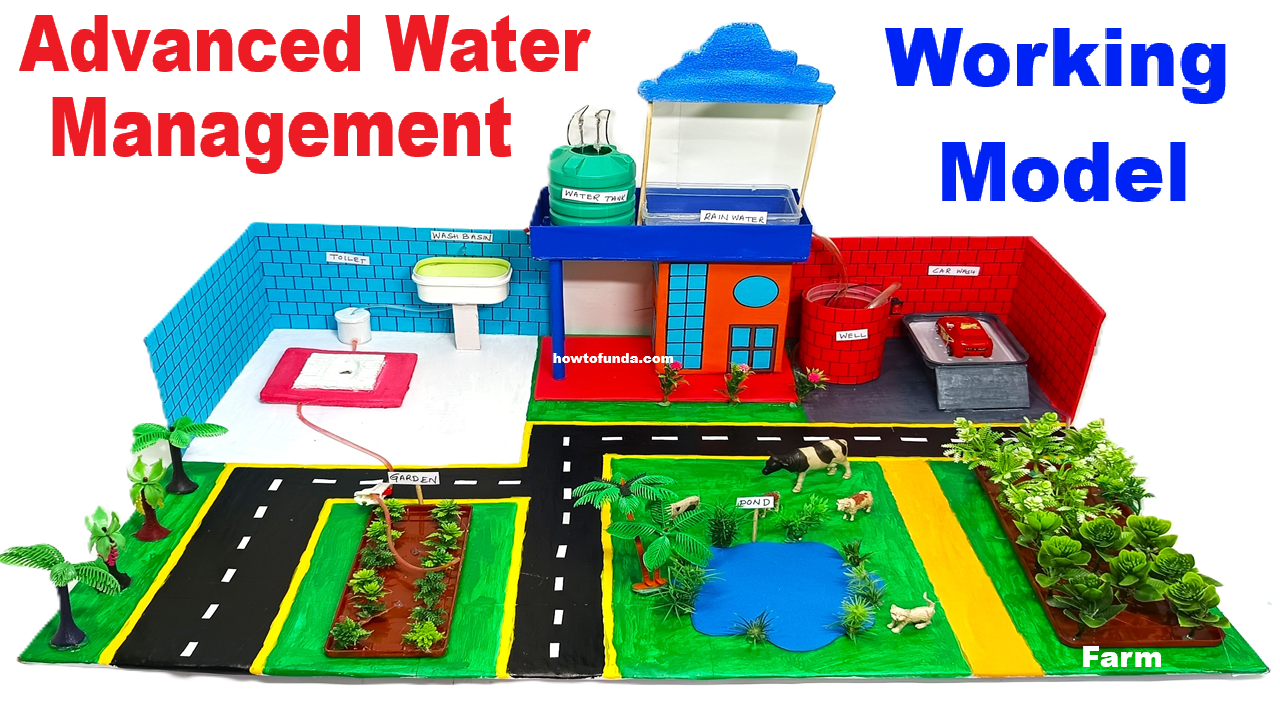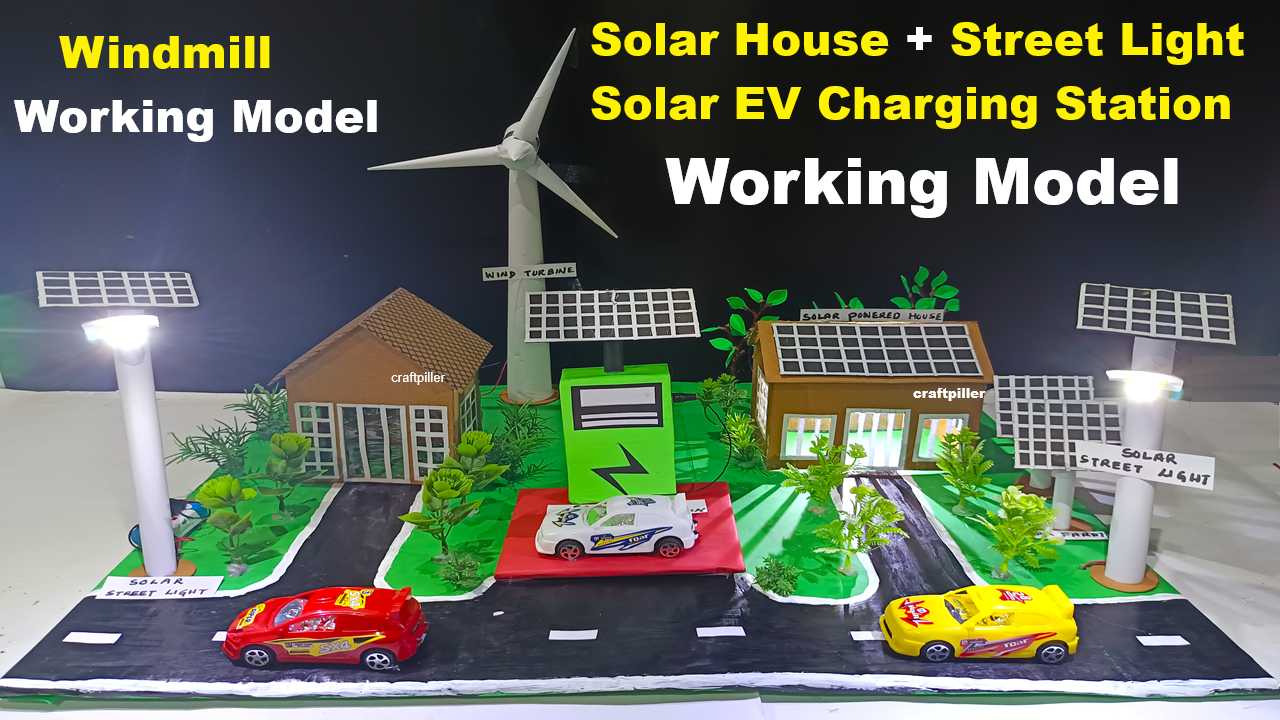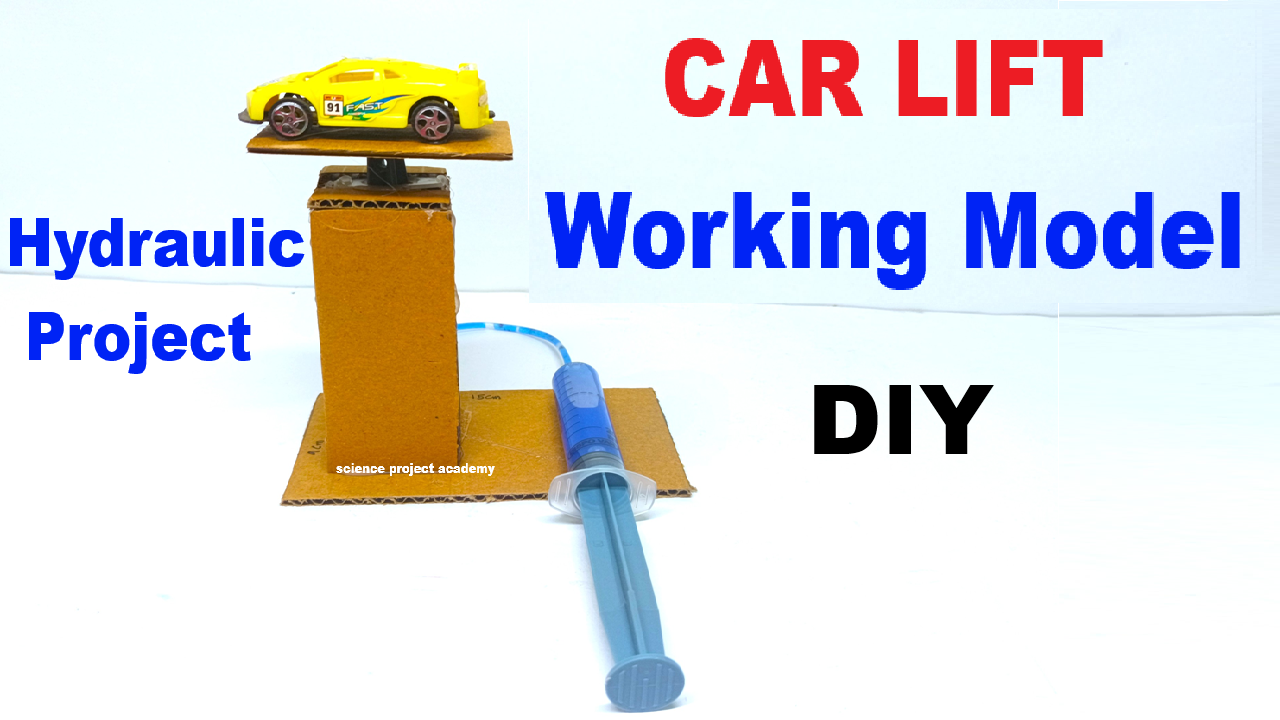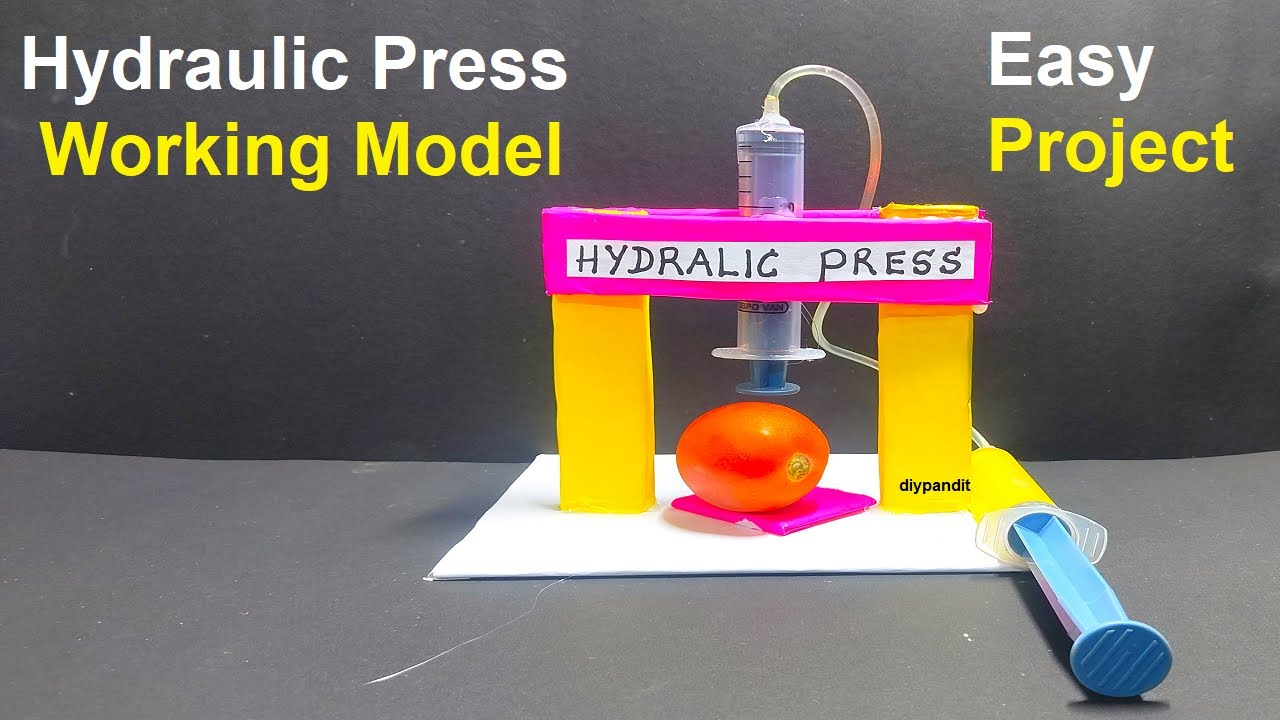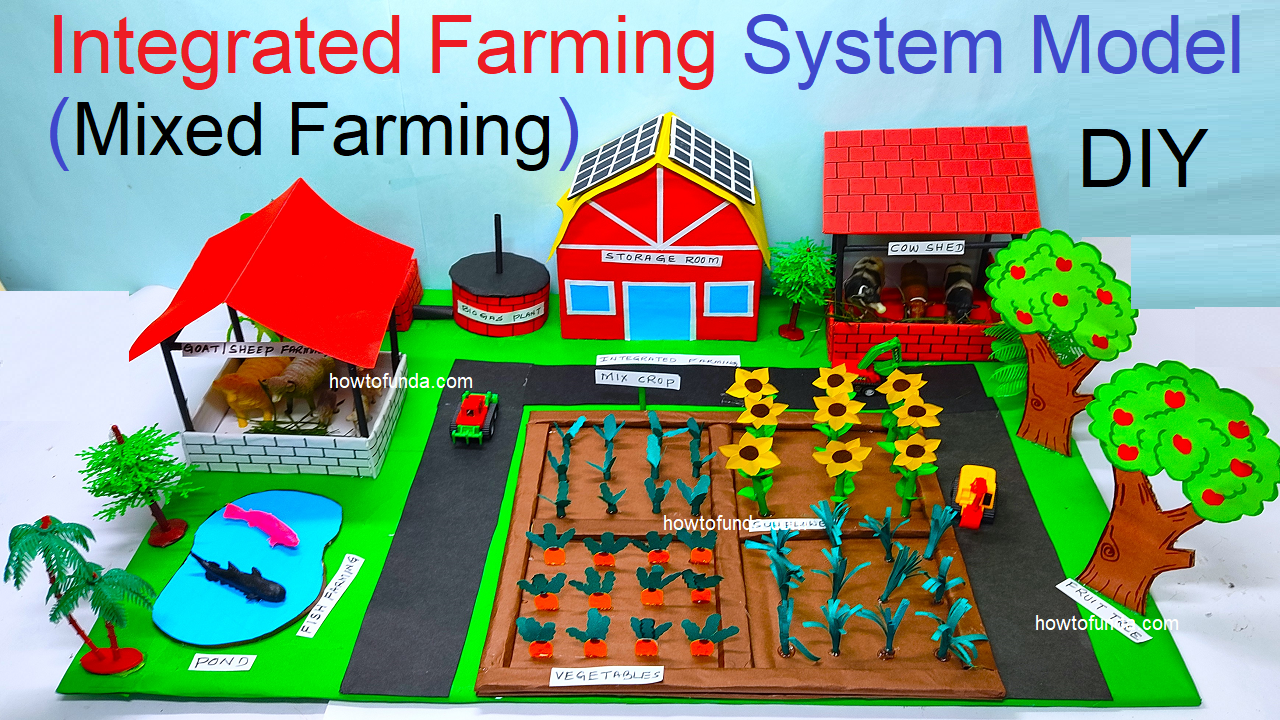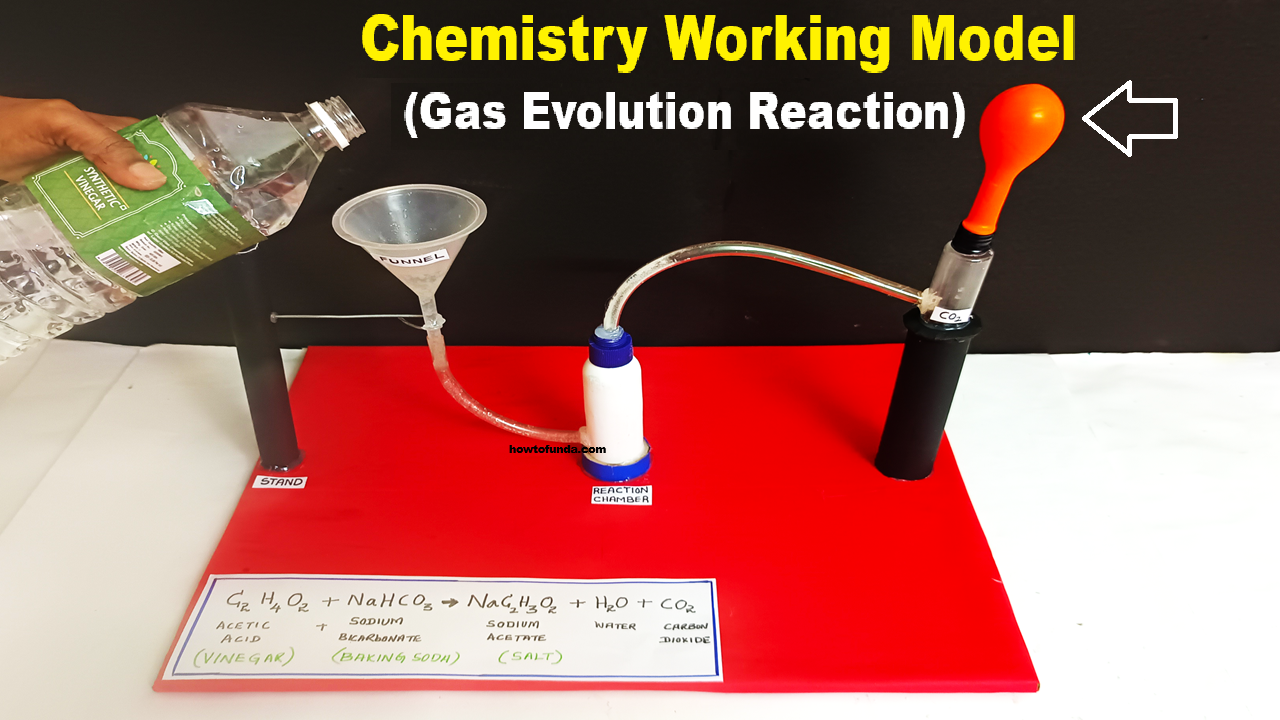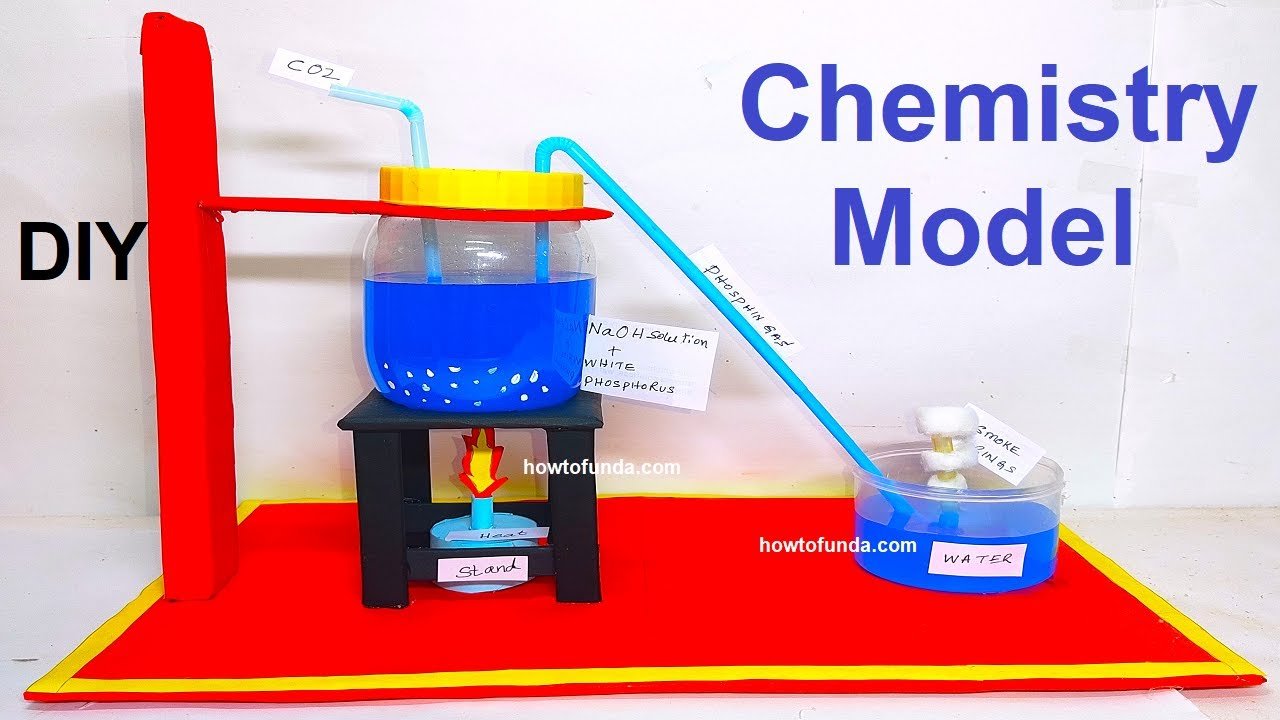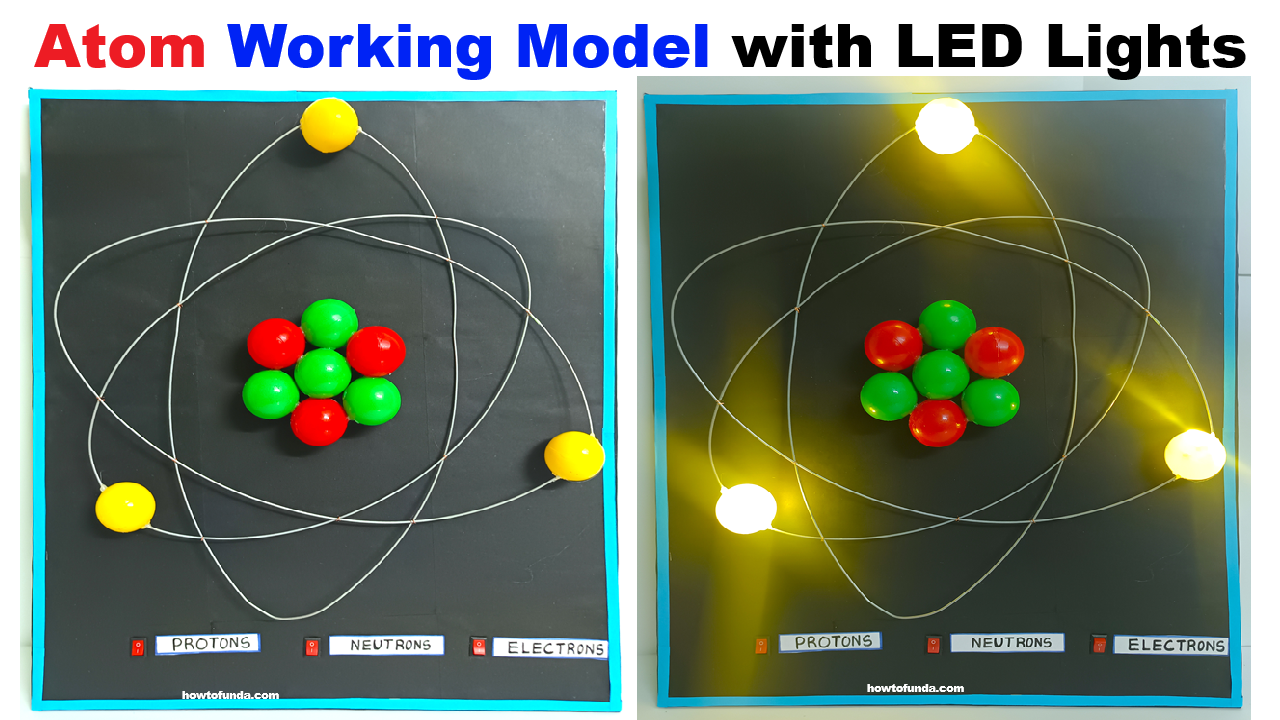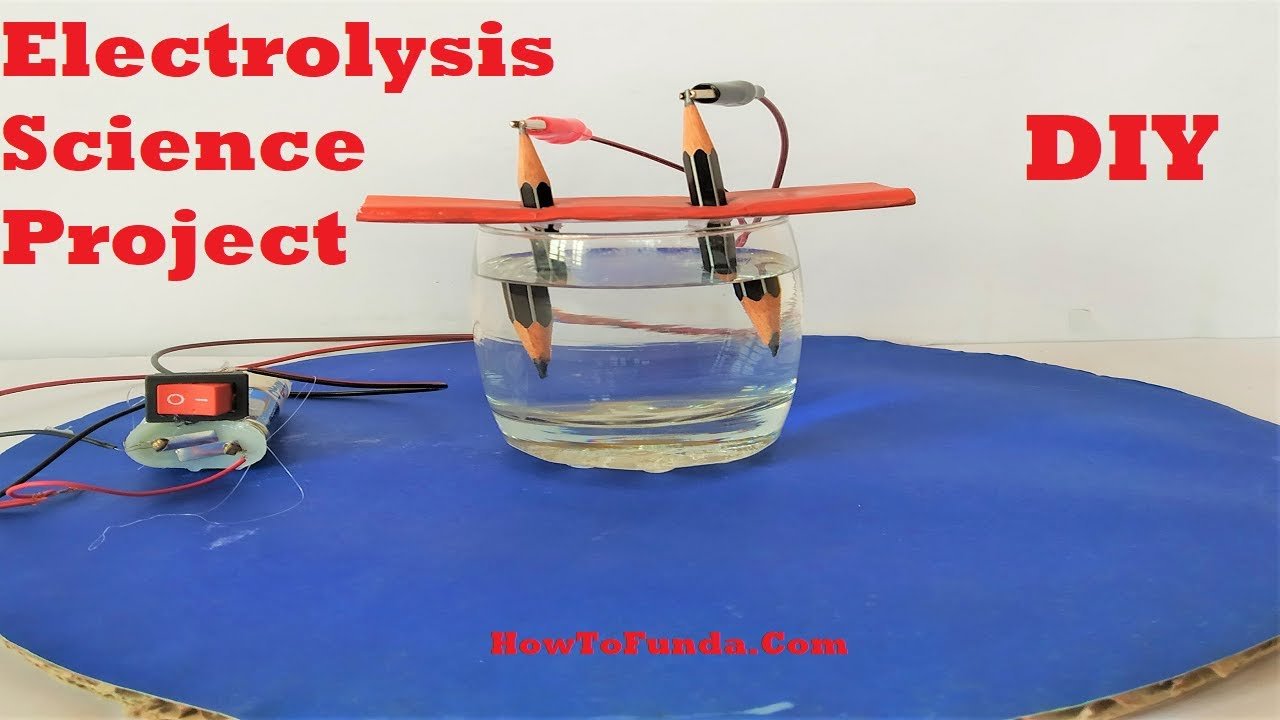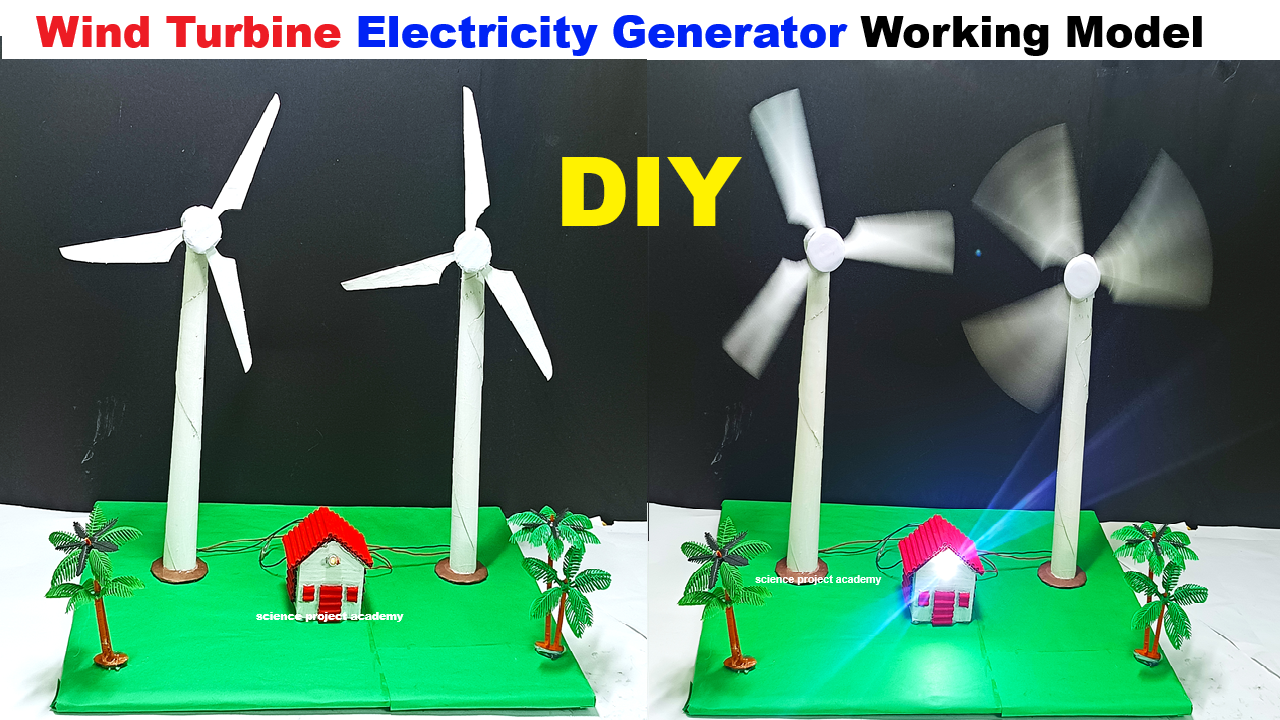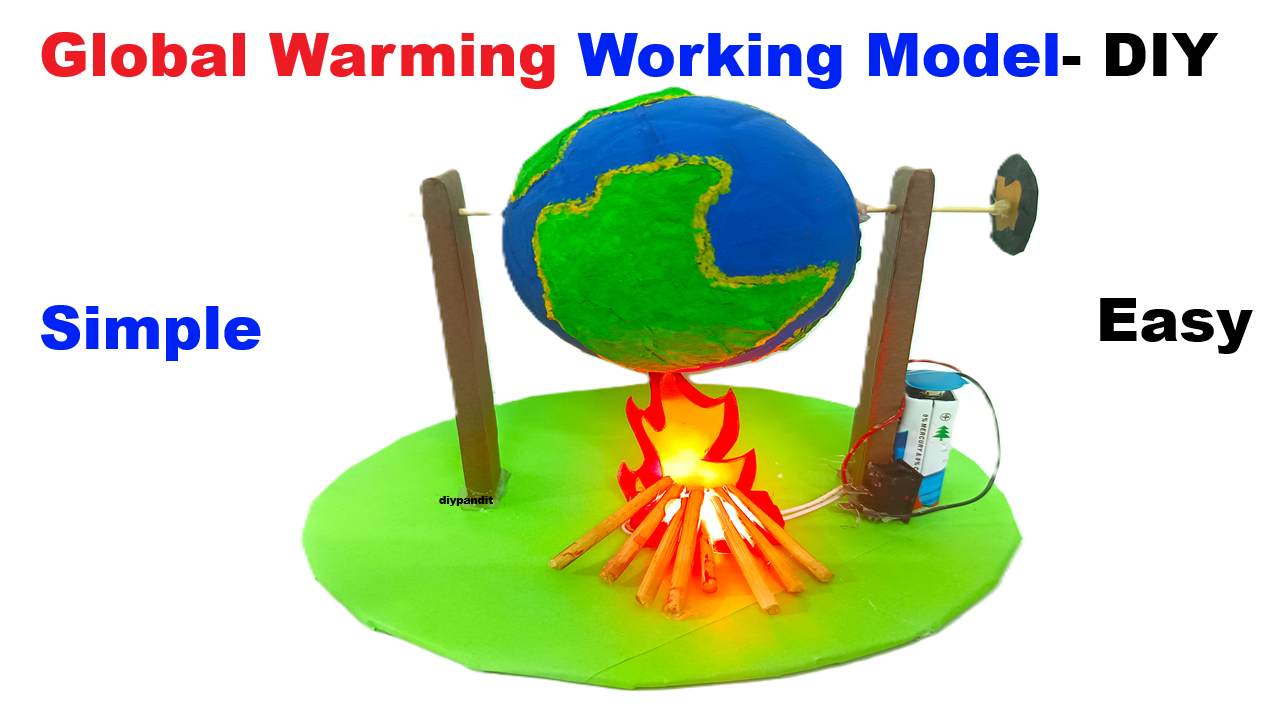25 Best Water Management Working Models for Science Exhibitions
Here are 25 Water Management Working Model Ideas — creative, practical, and perfect for school exhibitions , science fairs, and YouTube videos. 1. Rainwater Harvesting Model Shows rooftop collection → pipe → filter → storage tank. 2. Drip Irrigation System Conserves water using controlled slow release. Use IV tubes or straws. 3. Sprinkler Irrigation Model … Read more

